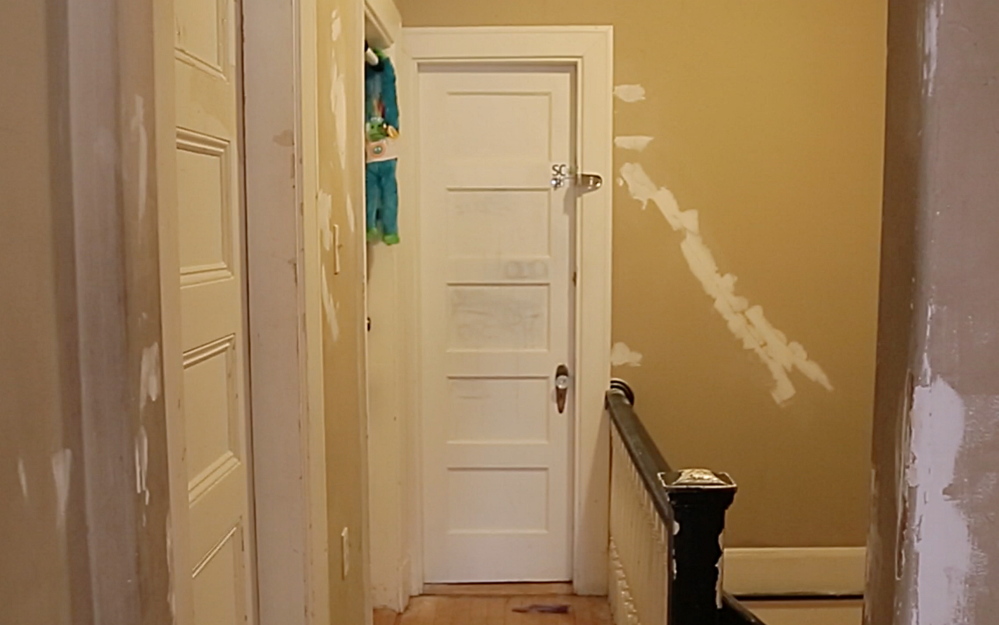Tenants of two Portland buildings owned by the same person – one, at 20-24 Noyes St., which burned Nov. 1, killing six young adults; the other, at 186-188 Dartmouth St. – have attested to illegally locked fire exits, missing smoke detectors and other safety violations that weren’t noted by the city until after the Noyes Street fire.
But the city didn’t know that these properties were functioning as rooming houses, where tenants rent rooms individually from the landlord.
Rooming houses are meeting some of the massive need for affordable housing in Portland. Until municipal officials make major strides in regulation and code enforcement, though, renters here have no reason to trust that the rooming houses in Portland are safe places to live.
In a city like Portland, with a rental vacancy rate of roughly zero, rooming houses make sense for a lot of renters, especially those who have low-wage service-sector jobs. People can move to a boarding house without having to come up with an amount of money equal to the first and last month’s rent and security deposit – a big hurdle for the young and/or low-paid.
Other cities where there are many jobs but not many reasonably priced places to live are seeing a surge in micro-apartments. In Seattle, there’s a waiting list for openings in the aPodment buildings: 150- to 200-square-foot units, each with a private bathroom and kitchenette – not to mention rents starting at less than half the $1,300 average monthly cost for a studio there.
However, like any other form of housing, rooming houses are a workable alternative only if they’re well built and well maintained. One example: City code in Portland requires rooming houses to have a fire alarm system with emergency strobes, but the Noyes Street building didn’t even have working smoke detectors.
Landlords rarely get the required municipal license, so city officials don’t know how many rooming houses there actually are here. There’s no proactive housing inspection program that would reveal unlicensed rooming houses. And because the city hasn’t been enforcing a 1989 rental registry ordinance, officials don’t know what buildings include rental units and who to contact in case of emergency.
The lack of oversight hasn’t stopped landlords from using their properties as rooming houses. They’re becoming increasingly common, especially near the University of Southern Maine’s Portland campus, neighborhood leaders and tenant advocates say.
And the renters who are crowding into these properties – up to six people in one three-bedroom unit, said Tom MacMillan of the Portland Tenants Union – are reluctant to raise concerns about living conditions. They need a cheap place to live, and they’re afraid of being evicted, as the Dartmouth Street tenants were following their complaints to the city.
The city should do all it can to ensure that all rooming houses here are above the radar and aboveboard. Portland’s workers shouldn’t have to choose between a home that’s safe and a home they can afford.
Send questions/comments to the editors.


